Vino Dessera Pürneşe Blush
[caption id="attachment_16139" align="alignleft" width="225"] Pürneşe red label[/caption] Pürneşe is a semi-new series from Vino Dessera. Occupying a place in the winery's mid-range line up, the Pürneşe series includes a red blend and a blush. I have had them both but it was the blush that really stood out for me. Vino Dessera brings in grapes from vineyards across Turkey. For the Pürneşe Blush, they used Çalkarası and Kalecik Karası from Denizli in the western Aegean. Kalecik Karası we frequently see as both varietal and blended rosés. Very few wineries really work with Çalkarası though. The exception to that has been Paşaeli and it's nice to see other wineries, like Vino Dessera,
Read More












